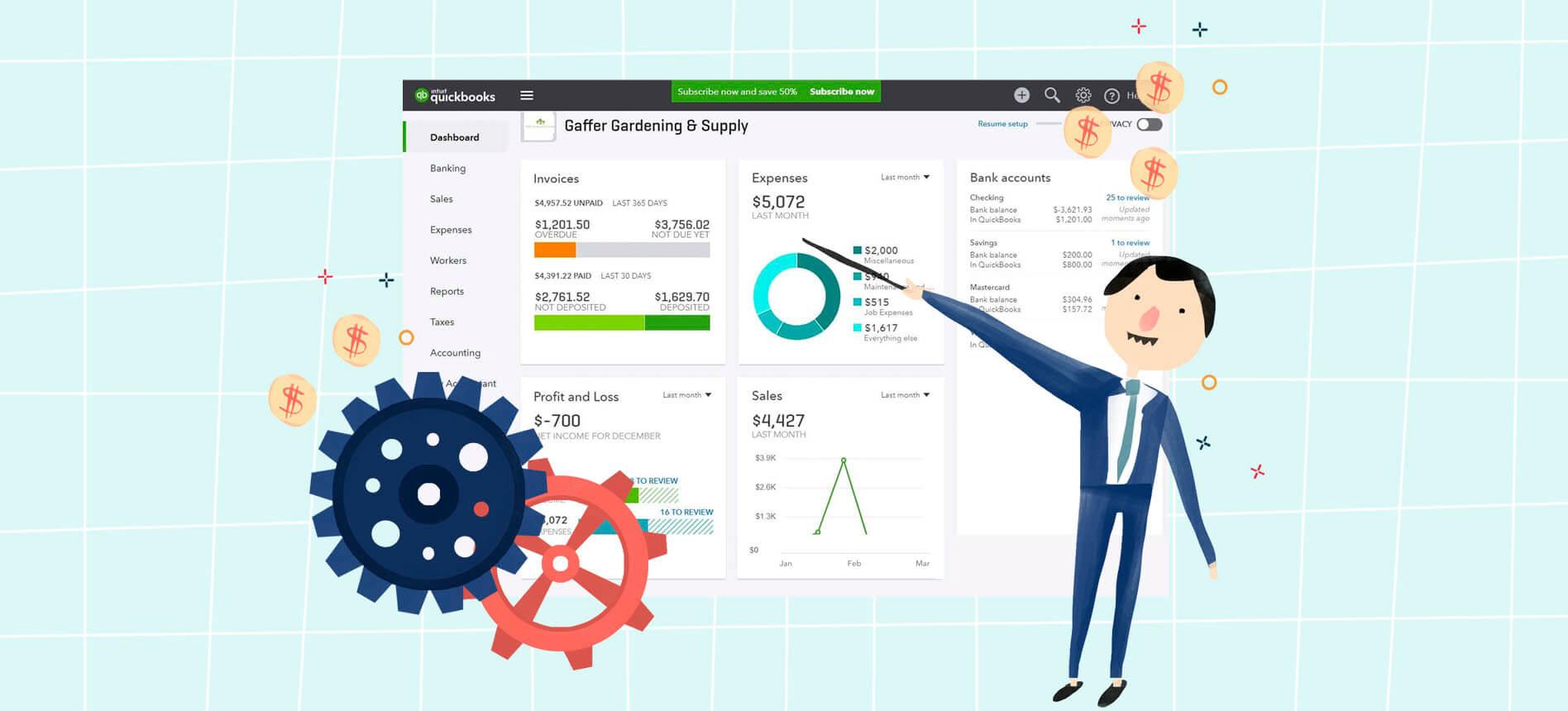How To Manage The Risks Associated With Data Privacy And Security In Fintech?
vinay November 18, 2023 0 COMMENTS
We are in the digital age, and fintech has revolutionized how we handle money, making transactions quicker and more convenient. But with great innovation comes great responsibility.
The importance of data privacy and security in fintech cannot be overstated, as neglecting these crucial elements could lead to devastating financial and reputational losses. Imagine the consequences of personal financial data being compromised!
That’s why risk management in fintech isn’t just a buzzword—it’s an essential practice every fintech business must prioritize to ensure trust, compliance, and sustainable growth in this dynamic industry.
Table of Contents
The Landscape of Data Privacy and Security in Fintech
Fintech simplifies financial tasks with technology, e.g., mobile payments. But, just like leaving your wallet at a cafe might put your money at risk, being online has its challenges.
Since everything in fintech happens online, it’s naturally a playground for those who might want to cause harm or steal data.
Common Types Of Security Threats In Fintech
So, what are the digital “pickpockets” we must watch out for in fintech?
- There’s phishing, where someone tries to trick you into giving away your details. Think of it like a stranger asking for your ATM pin.
- Then there’s malware, harmful software that can sneak into your devices.
- Ransomware is even nastier; it locks you out of your data and asks for money to release it. Think of it as someone holding your digital info hostage.
- And lastly, insider threats. Sometimes, the danger comes from someone within the organization. It’s like a bank teller secretly helping out robbers.
Data Privacy Regulations For The Fintech Sector
With all these threats, rules are in place to protect us. Just like there are laws about how banks should operate, there are specific data privacy regulations for fintech.
These rules ensure that fintech companies handle our data responsibly. So, risk management in fintech isn’t just about fancy tech; it’s also about following these protective guidelines to the letter.
Key Steps to Manage Risks in Fintech
Just as sailors need maps and tools to avoid storms, fintech companies need strategies to prevent online threats. Here’s a simple breakdown of some essential steps in risk management in fintech:
Risk Assessment
Think of this as a weather forecast for potential digital storms. It’s all about looking ahead to see where threats might come from. By evaluating these threats early on, companies can be better prepared. And just like how weather can change, these risk profiles need regular check-ups and updates to stay current.
Multi-Factor Authentication (MFA)
This is like having two locks on your front door instead of one. Instead of just using a password (which can sometimes be guessed or stolen), MFA adds another step, like sending a code to your phone. It’s an extra hoop for any potential hacker to jump through, making your data much safer.
Encryption and Data Masking
Imagine sending a secret letter where the message turns into a code only the receiver can understand. That’s encryption. It scrambles your sensitive data so that if someone intercepts it, they can’t read it.
Data masking is like giving someone a book where some words are blanked out. They can see some of the information but not the critical bits.
Regular Training and Awareness Programs
Effective security systems require proper training to prevent human error. It’s about teaching everyone to be vigilant and know the signs of a threat, much like teaching someone to spot a leak in a boat before it becomes a bigger problem.
Incident Response Plan
No matter how prepared you are, sometimes things go wrong. This step is about having a plan in place, like a lifeboat. It ensures that the company can respond swiftly and efficiently to control the situation if there’s a breach.
Risk management in fintech is all about preparation, vigilance, and smart strategies. With these steps, fintech companies can ensure smoother sailing in the vast digital sea.
The Future of Risk Management in Fintech in Australia
Evolving Threats:
- Like a Gold Coast surfer, Australia’s fintech scene must stay ahead of the ever-changing online threats.
- Being reactive isn’t enough anymore; proactive risk management is crucial.
Tech Integration:
- AI and machine learning are becoming the game-changers in risk management in fintech.
- These tools are not just trendy terms. They’re like lifeguards that can foresee riptides before they form, helping predict and tackle issues head-on.
With these advancements, Australian fintech firms are setting the bar high, aiming for future-proof risk management strategies.
Final Words
In the fintech world, sound risk management is like wearing a seatbelt—it’s essential for safety. Businesses must always stay updated and follow the rules. Let’s keep everyone’s data secure and build trust!
RELATED ARTICLES
Latest Articles
 Laura Ingraham Husband James Reyes: Why …In BiographyApril 17, 2025Laura Ingraham is a well-known conservative […]
Laura Ingraham Husband James Reyes: Why …In BiographyApril 17, 2025Laura Ingraham is a well-known conservative […] Zach Top Wife Mystery Solved! Meet the W…In BiographyApril 16, 2025Zach Top’s music has that classic country feel that […]
Zach Top Wife Mystery Solved! Meet the W…In BiographyApril 16, 2025Zach Top’s music has that classic country feel that […] What Is a Parcel Locker? The Game-Change…In TechnologyApril 16, 2025Missing packages? Porch pirates? Missed delivery slips […]
What Is a Parcel Locker? The Game-Change…In TechnologyApril 16, 2025Missing packages? Porch pirates? Missed delivery slips […] Dawn Staley Relationship Rumors: What’s …In BiographyApril 15, 2025When it comes to iconic figures in sports, Dawn Staley […]
Dawn Staley Relationship Rumors: What’s …In BiographyApril 15, 2025When it comes to iconic figures in sports, Dawn Staley […] How Window Tinting Affects Driver Visibi…In TechnologyApril 11, 2025Introduction: Beyond Style — The Functional Side of […]
How Window Tinting Affects Driver Visibi…In TechnologyApril 11, 2025Introduction: Beyond Style — The Functional Side of […] Vaishnav Tej Wife, Age, Family, Girlfrie…In BiographyApril 11, 2025Vaishnav Tej wife: There is always more to know about […]
Vaishnav Tej Wife, Age, Family, Girlfrie…In BiographyApril 11, 2025Vaishnav Tej wife: There is always more to know about […] Nick Sandmann Net Worth, Biography, Heig…In BiographyApril 11, 2025Young Nick Sandmann, catapulted into the media […]
Nick Sandmann Net Worth, Biography, Heig…In BiographyApril 11, 2025Young Nick Sandmann, catapulted into the media […] Cold War Timeline: The Real Story Behind…In HistoryApril 4, 2025If you’ve ever wondered how we ended up with the […]
Cold War Timeline: The Real Story Behind…In HistoryApril 4, 2025If you’ve ever wondered how we ended up with the […]
stopie.com is a participant in the Amazon Services LLC Associates Program, an affiliate advertising program designed to provide a means for sites to earn advertising fees by advertising and linking to Amazon.com.
Clicking on an Amazon link from stopie.com does not increase the cost of any item you purchase.
We will only ever link to Amazon products that we think our visitors may be interested in and appreciate learning more about.



